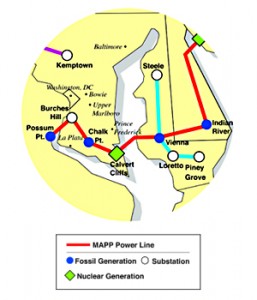Mpls 9th Ward Award to Stop Midtown Burner
February 2nd, 2009
It’s dark and hard to see… but the good news is clear — The Minneapolis 9th Ward Award for Neighborhood Project of the year went to all of us who worked against Kandiyohi’s Midtown Eco-Energy incinerator, or as I call it, the Midtown Eco-Crapper.
DRUM ROLL, PLEASE…. the 2009 9th Ward Neighborhood Project of the Years is:
Stop the Midtown Burner
Each year, there are awards for Project of the Year, Leader of the Year, Youth Leader of the Year, Block Club of the Year:
This year’s Award for Neighborhood Project went to “Stop the Midtown Burner” which was a project involving several groups and hundreds of individuals who all got together and made sure this project went down in flames 9as all burner projects should!).
Hearing of the Award, one instrumental fighter said:
After that meeting in the library [August, 2007], I thought it was late in the game, maybe too late, but people stepped up to the plate, worked through personal differences, and made it happen.
That’s something to celebrate…..
And another instrumental fighter said:
They did not know who they were messin’ with — HAH! SO THERE!
TAKE THAT! AND THAT AND THAT! YOU BIG BULLIES!!!
Here’s the Stop the Midtown Burner award:
GO TEAM GO!!!
Transmission – Mid-Atlantic Power Pathway
February 2nd, 2009
Delmarva Power has been hosting meetings about its proposed Mid-Atlantic Power Pathway. The next meeting is:
Wednesday, February 4 @ 6 p.m.
Millsboro Civic Center
322 Wilson Highway
This is an electrical superhighway through Delaware, the map makes that much clear.
What’s interesting is that Rep. Tom Carper seems to be taking an enlightened and informed position on this:
Today, there’s a long piece in the News Journal about it, with the above quote from Carper:
Power-line plan stirs environment fears
Bluewater Wind hails pathway for clean energy


